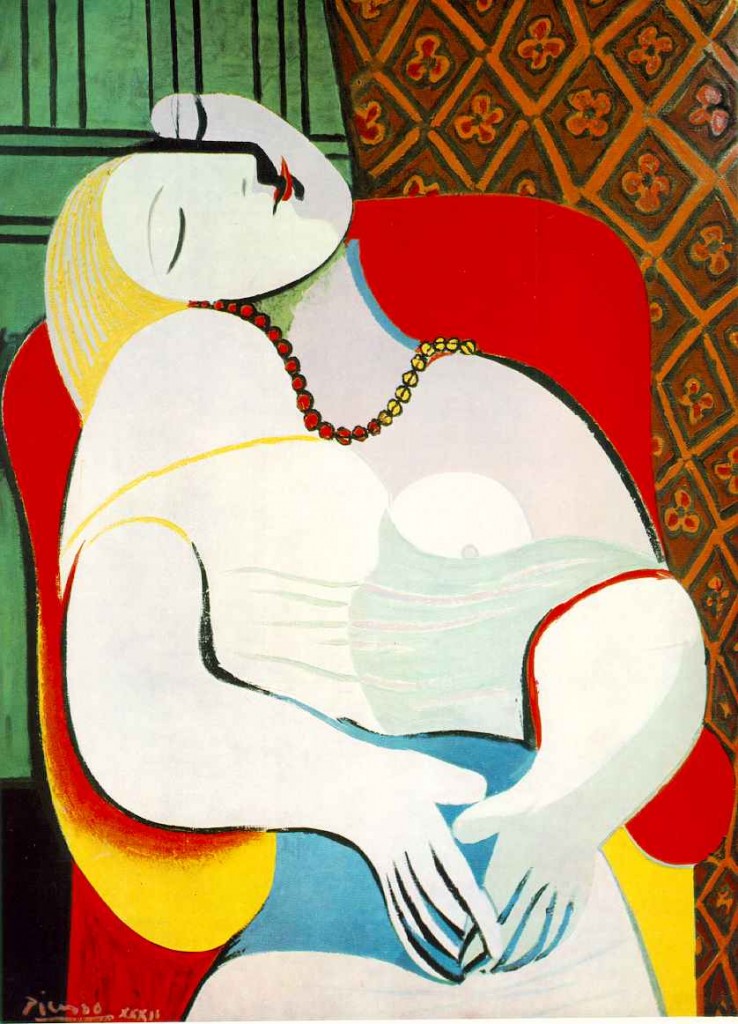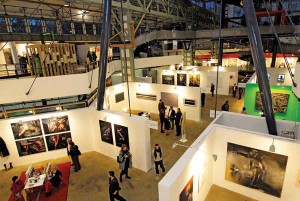The Most Reproduced Oil Paintings in the World, Part 2

Here is the rest of the list of the most reproduced oil paintings according to Overstockart.com. You can read the first half here.
6. Le Rêve (The Dream) by Pablo Picasso
Le Rêve is a 1932 oil on canvas masterpiece by Pablo Picasso. As one of the most illustrious painters, art students have used Picasso’s paintings in training. Picasso used oversimplified lines, contrasting colors, and distorted depiction of his mistress. It was painted during the period when he was using women as subjects, different from his earlier works in the the Blue Period and Cubism period.
7. Luncheon of the Boating Party by Pierre August Renoir
Luncheon of the Boating Party portrays a group of Pierre Renoir’s friends relaxing and having lunch on a balcony at the Maison Fournaise restaurant in Chatou, France. Renoir effectively used color, texture, and shapes to convey space among the characters. He used mostly warm colors, from red to gold, the colors primarily used during the Impressionist period.
8. The Scream by Edvard Munch
The Scream shows a somewhat neurotic, hairless figure who is shouting. Edvard Munch created four versions of this piece (in oils, pastels, and tempera). Many interpretations have been given to this painting — the iconic figure is in turmoil, desperate, shocked, anxious, or frightened. The painter used explosive strokes, contrasting colors and lines. He used soft curves in reds and oranges to represent the sky, and strong, straight lines in black and brown paints for the bridge.
9. Red Canna by Georgia O’Keeffe
Red Canna is an artistic representation of a flower. Georgia O’Keeffe depicted natural sources using abstract patterns. The painting shows the enlarged petals of the flower, as if under a microscope. Colors used are mostly reds, yellows, and blues. O’Keeffe said flowers are small that nobody notices them and this painting shows how she sees a flower, and she painted the size bigger than reality.
10. Persistence of Memory by Salvador Dali
Persistence of Memory is a surrealist painting, showing images of soft, melting watches. The presence of ants in the orange watch represents death. Looking at the painting, it seems like an image from a dream. It is the best example of Salvador Dali’s theory of “softness” and “hardness.” Dali clarified that contrary to some interpretations that this piece was inspired by the Theory of Relativity, the painting was just a depiction of a Camembert cheese melting under the sun.
If you are a beginner in painting, you can try to copy any of these paintings so you can experiment on different techniques and color palettes.
Image source: http://www.pablopicasso.org



